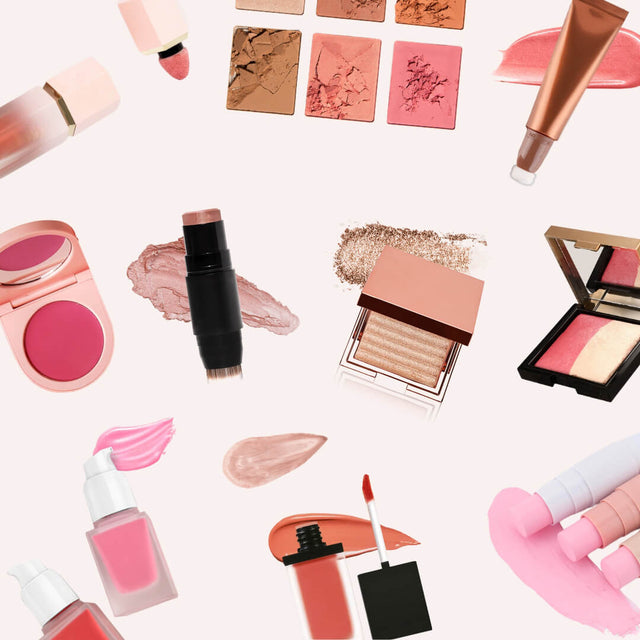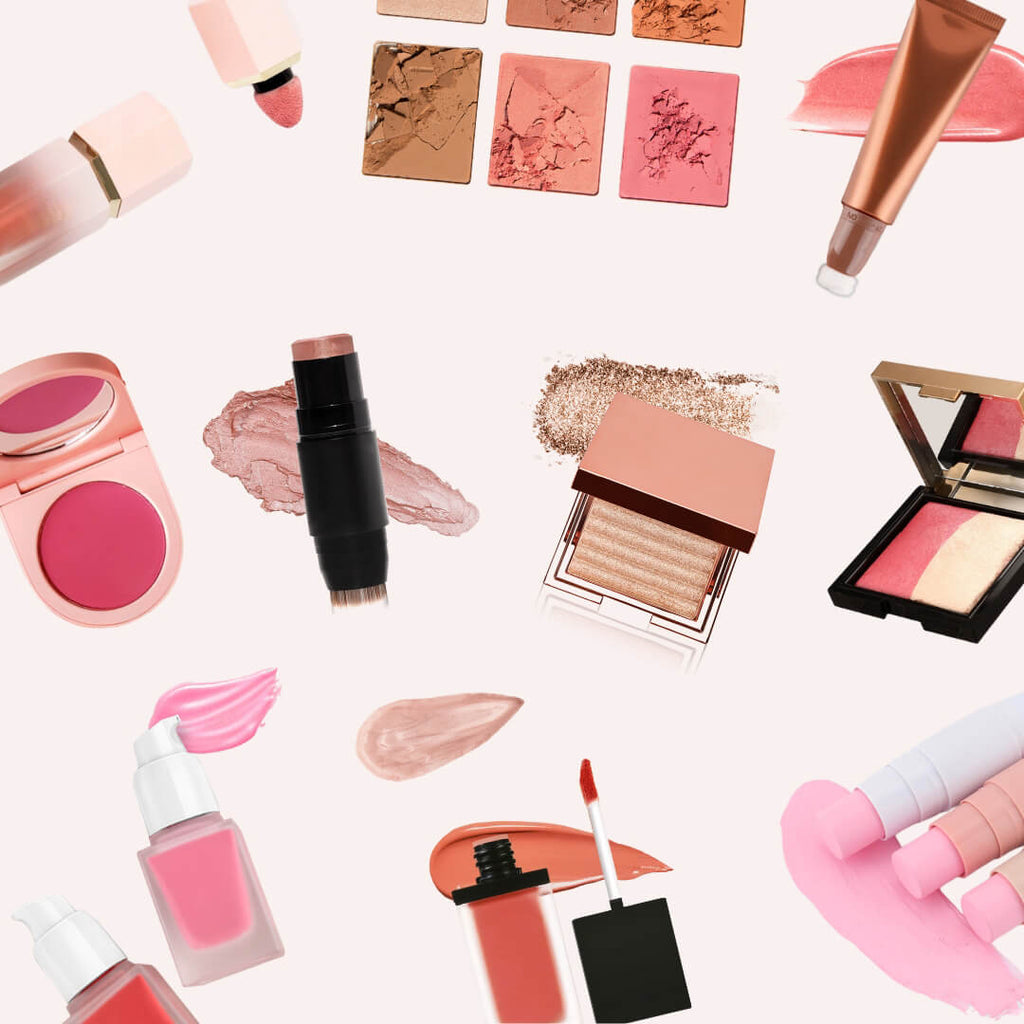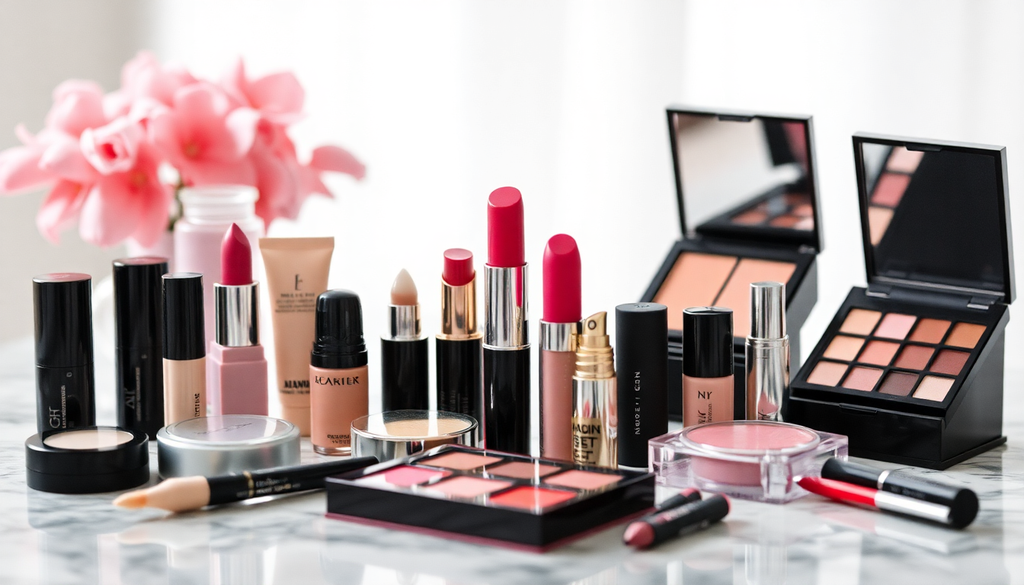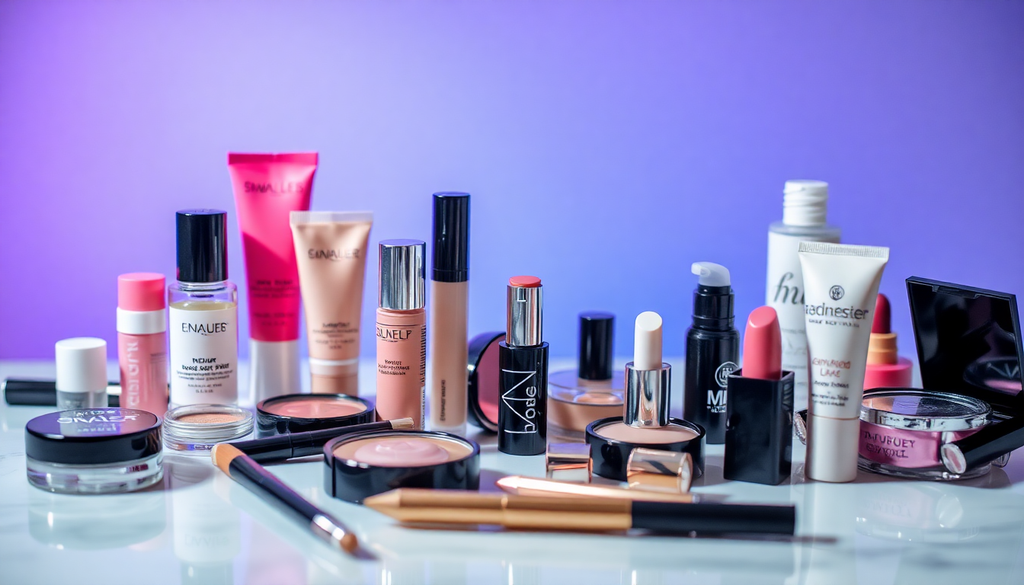
Navigating Global Makeup Markets in 2025: Essential Steps for Launching Your Brand from Custom Eyeshadow Palettes to Magnetic Lashes Across Key Regions
Introduction
The global makeup industry is thriving, with an estimated worth of over $500 billion in 2025. As trends continue to evolve and consumer preferences shift, the opportunity for aspiring entrepreneurs to launch their own makeup brands has never been greater. However, navigating through the complexities of different markets requires a comprehensive understanding of regional regulations, cultural nuances, and marketing strategies. This article provides essential steps for launching your makeup brand, focusing on custom eyeshadow palettes and magnetic lashes, while exploring key regional markets.
1. Understanding Regional Markets
The first step in launching your makeup brand is understanding the unique characteristics of each market. Here's a breakdown of major regions to consider:
North America
- Market Trends: In the North American market, clean beauty and inclusivity are leading trends. Consumers are increasingly seeking brands that offer diverse shades and eco-friendly packaging. Products that promote sustainability, such as refillable palettes, are becoming popular.
- Regulations: Familiarize yourself with the FDA guidelines for cosmetics. Ensure that all products are properly labeled with ingredients and follow safety standards. Additionally, consider the importance of child-resistant packaging for products marketed to younger audiences.
- Marketing Strategies: Utilize social media influencers, particularly on platforms like Instagram and TikTok, to generate buzz around your product launches. Engaging content, tutorials, and authentic reviews can significantly enhance brand visibility. It's also valuable to leverage user-generated content to showcase real customers using your products.
Europe
- Market Trends: Sustainability remains a dominant trend in Europe. Brands that use recyclable materials, cruelty-free practices, and ethically sourced ingredients are favored by consumers. Additionally, the demand for personalized makeup experiences, such as custom palettes, is on the rise.
- Regulations: Adhere to the EU Cosmetics Regulation, which includes stringent safety assessments and labeling requirements. Ensure compliance with regulations regarding claims made on packaging, as misleading claims can lead to significant penalties.
- Marketing Strategies: Collaborate with beauty bloggers and influencers who resonate with your brand ethos. Utilize Instagram for visually appealing campaigns and consider participating in regional beauty expos and trade shows to showcase your products directly to consumers and retailers.
Asia-Pacific
- Market Trends: K-beauty (Korean beauty) and J-beauty (Japanese beauty) continue to influence preferences across Asia-Pacific. There is a strong focus on innovative products, unique formulations, and multifunctional makeup items. Customization is key, with consumers looking for products tailored to their personal styles.
- Regulations: Each country in the Asia-Pacific region has specific guidelines. For instance, China requires animal testing for cosmetic imports, while countries like Japan and South Korea have their own regulatory frameworks. It's crucial to research and understand the compliance requirements of each target market.
- Marketing Strategies: Engage with local influencers who have a deep understanding of consumer behavior in their regions. Use platforms like WeChat in China and LINE in Japan to reach customers effectively. Additionally, consider participating in local beauty festivals and events to build brand awareness.
Latin America
- Market Trends: The Latin American market is characterized by a demand for bold colors and vibrant products. Brands that celebrate cultural diversity and embody local aesthetics are particularly successful. The rise of social media and beauty content creators has also shifted the landscape, making it essential to connect with consumers authentically.
- Regulations: Understanding local import policies and labeling requirements is essential for compliance. Each country has its own regulations regarding cosmetic imports, so it’s vital to conduct thorough research before entering any market.
- Marketing Strategies: Utilize social media campaigns that resonate with local culture and trends. Collaborate with beauty influencers who understand the nuances of their markets. Community engagement and localized promotions can also drive brand loyalty.
2. Setting Up Your Makeup Brand
Launching a successful makeup brand involves several key steps:
- Product Development: Create unique formulas for eyeshadow palettes and magnetic lashes that cater to your target audience. Conduct market research to identify trending colors and textures. Consider incorporating innovative features, such as customizable palettes that allow consumers to choose their preferred colors.
- Supplier Relationships: Build relationships with reputable manufacturers who can meet your quality and ethical standards. Look for suppliers that offer transparency in their sourcing and production processes. Establishing a strong partnership will ensure the reliability of your product quality.
- Online Store Setup: Choose an e-commerce platform that allows for customization and is mobile-friendly. Ensure seamless payment and shipping options. Invest in high-quality product photography and descriptions to enhance the online shopping experience.
- Brand Identity: Develop a unique brand identity that resonates with your target audience. This includes creating a memorable logo, consistent color schemes, and a distinct voice for your brand. Your branding should convey your brand’s values, mission, and the experience you want to offer.
3. Certifications and Compliance
Obtaining necessary certifications enhances credibility and consumer trust:
- Safety Testing: Conduct safety assessments and ensure your products are free from harmful ingredients. Having your products dermatologically tested can also provide an added layer of assurance to consumers.
- Vegan and Cruelty-Free Certifications: If applicable, obtaining these labels can attract a wider customer base. Clearly display these certifications on your packaging and marketing materials to communicate your commitment to ethical practices.
- ISO Certifications: Consider obtaining ISO certifications for quality management and environmental management. These certifications can enhance your brand’s reputation and credibility in the marketplace.
4. Marketing Your Makeup Brand
With your products ready, it's time to create a buzz:
- Social Media Presence: Consistently post engaging content across platforms like Instagram, TikTok, and YouTube. Utilize tutorials, user-generated content, and giveaways to foster community and encourage brand loyalty.
- Influencer Collaborations: Partner with beauty influencers to reach a broader audience and build trust. Choose influencers who align with your brand values and have an engaged following.
- Email Marketing: Build an email list to keep customers informed about new launches, promotions, and trends. Create engaging newsletters that provide value, such as makeup tips or exclusive behind-the-scenes content.
- Content Marketing: Create a blog or video series that educates consumers about makeup application techniques, product benefits, and industry trends. This not only positions your brand as an authority but also drives organic traffic to your site.
5. Adapting to Market Changes
As the makeup industry is continually evolving, it’s essential to remain flexible and adapt to market changes:
- Stay Informed: Regularly monitor industry trends and consumer preferences. Subscribe to beauty industry publications and attend trade shows to keep updated.
- Feedback Mechanisms: Implement feedback mechanisms to gather insights from customers. Use surveys and social media polls to understand consumer preferences and areas for improvement.
- Product Innovation: Continually innovate your product line to meet changing consumer needs. Experiment with new formulations, colors, and product types to keep your offerings fresh.
Conclusion
Navigating the global makeup markets in 2025 requires a strategic approach, from understanding regional preferences to effectively marketing your brand. By focusing on unique product offerings, compliance, and innovative marketing, you can successfully launch and grow your makeup brand in today's competitive landscape. Embrace the trends, adapt to the markets, and watch your brand flourish. The beauty industry is not just about products; it’s about creating experiences, fostering community, and making connections that last.




